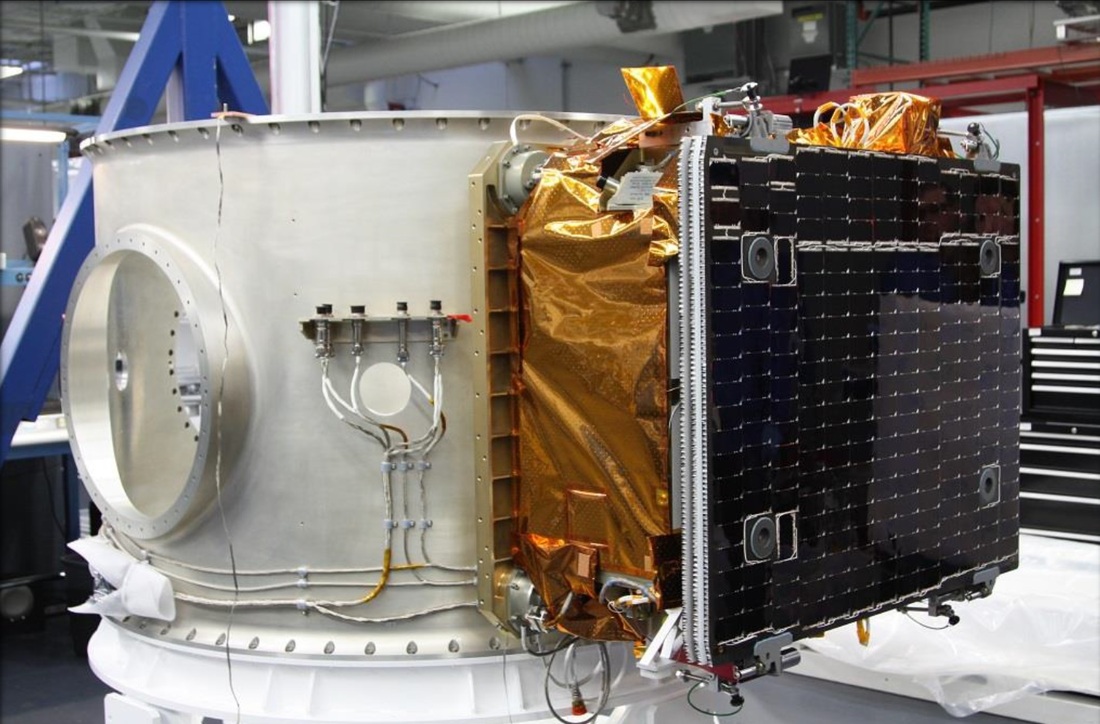Can someone explain (in general or specific terms) how SpaceX deployed these 10 satellites? I'm trying to imagine the mechanisms and process of launching these objects with the required precision. Is there a satellite "dispenser" of some sort (a "tube") with these objects stacked up inside?
Update: I read the possible duplicate question but it didn't go into the actual mechanism(s) involved or provide any details about how this sort of precision launch is accomplished (e.g. a servo spins up the object to a specified rotation speed and then...). (I didn't watch the linked webcast).
SpaceX Returns to Flight with 10-Satellite Launch, Rocket Landing
SpaceX's two-stage Falcon 9 rocket lifted off from a launch pad just a few hundred meters from the scenic California coastline here today at 12:54 p.m. EST (1754 GMT; 9:54 a.m. local California time), carrying 10 communications satellites to low-Earth orbit for the Virginia-based company Iridium. After a week of heavy rain and strong winds, only a few clouds obscured the view of the rocket as it climbed skyward.
Deployment of the satellites began 59 minutes after liftoff and took about 15 minutes, SpaceX representatives said.


